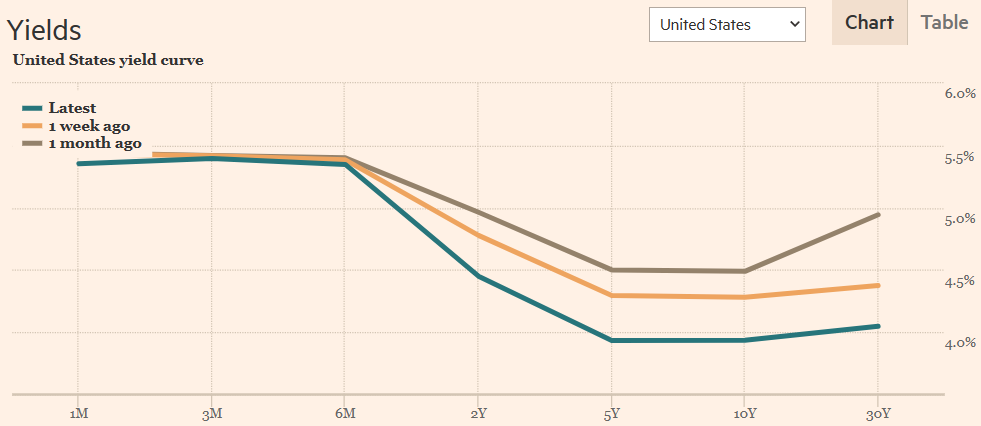Can a graduate degree program in artificial intelligence actually help increase wages?
Asian companies convert degrees into years of work experience
Without adding extra values to AI degree, it doesn't help much in salary
'Dummification' in variable change is required to avoid wrong conclusion
In every new group, I hide the fact that I have studied upto PhD, but there comes a moment when I have no choice but to make a professional remark. When I end up revealing that my bag strap is a little longer than others, I always get asked questions. They sense that I am an educated guy only through a brief conversation, but the question is whether the market actually values it more highly.
When asked the same question, it seems that in Asia they are usually sold only for their ‘name value’, and the western hemisphere, they seem to go through a very thorough evaluation process to see if one has actually studied more and know more, and are therefore more capable of being used in corporate work.

Typical Asian companies
I’ve met many Asian companies, but hardly had I seen anyone with a reasonable internal validation standard to measure one’s ability, except counting years of schooling as years of work experience. Given that for some degrees, it takes way more effort and skillsets than others, you may come to understand that Asian style is too rigid to yield misrepresentation of true ability.
In order for degree education to actually help increase wages, a decent evaluation model is required. Let’s assume that we are creating a data-based model to determine whether the AI degree actually helps increase wages. For example, a new company has grown a bit and is now actively trying to recruit highly educated talent to the company. Although there is a vague perception that the salary level should be set at a different level from the personnel it has hired so far, there is actually a certain level of salary. This is a situation worth considering if you only have very superficial figures about whether you should give it.
Asian companies usually end up only looking for comparative information, such as how much salary large corporations in the same industry are paying. Rather than specifically judging what kind of study was done during the degree program and how helpful it is to the company, the ‘salary’ is determined through simple separation into Ph.D, Masters, or Bachelors. Since most Asian universities have lower standard in grad school, companies separate graduate degrees by US/Europe and Asia. They create a salary table for each group, and place employees into the table. That’s how they set salaries.
The annual salary structure of large companies that I have seen in Asia sets the degree program to 2 years for a master’s and 5 years for a doctoral degree, and applies the salary table based on the value equivalent to the number of years worked at the company. For example, if a student who entered the integrated master’s and doctoral program at Harvard University immediately after graduating from an Asian university and graduated after 6 years of hard work gets a job at an Asian company, the human resources team applies 5 years to the doctoral degree program. The salary range is calculated at the same level as an employee with 5 years of experience. Of course, since you graduated from a prestigious university, you may expect higher salary through various bonuses, etc., but as the ‘salary table’ structure of Asian companies has remained unchanged for the past several decades, it is difficult to avoid differenciating an employee with 6 years of experience with a PhD holder from a prestigious university.
I get a lot of absurd questions about whether it would be possible to find out by simply gathering 100 people with bachelor, master, and doctoral degree, finding out their salaries, and performing ‘artificial intelligence’ analysis. If the above case is true, then no matter what calculation method is used, be it highly computer resouce consuming recent calculation method or simple linear regression, as long as salary is calculated based on the annualization, it will not be concluded that a degree program is helpful. There might be some PhD programs that require over 6 years of study, yet your salary in Asian companies will be just like employees with 5 years experience after a bachelor’s.
Harmful effects of a simple salary calculation method
Let’s imagine that there is a very smart person who knows this situation. If you are a talented person with exceptional capabilities, it is unlikely that you will settle for the salary determined by the salary table, so a situation may arise where you are not interested in the large company. Companies looking for talent with major technological industry capabilities such as artificial intelligence and semiconductors are bound to have deeper concerns about salary. This is because you may experience a personnel failure by hiring people who are not skilled but only have a degree.
In fact, the research lab run by some passionate professors at Seoul National University operates by the western style that students have to write a decent dissertation if to graduate, regardless of how many years it takes. This receives a lot of criticism from students who want to get jobs at Korean companies. You can find various criticisms of the passionate professors on websites such as Dr. Kim’s Net, which compiles evaluations of domestic researchers. The simple annualization is preventing the growth of proper researchers.
In the end, due to the salary structure created for convenience due to Asian companies lacking the capacity to make complex decisions, the people they hire are mainly people who have completed a degree program in 2 or 5 years in line with the general perception, ignoring the quality of thesis.
Salary standard model where salary is calculated based on competency
Let’s step away from frustrating Asian cases. So you get your degree by competency. Let’s build a data analysis in accordance with the western standard, where the degree can be an absolute indicator of competency.
First, you can consider a dummy variable that determines whether or not you have a degree as an explanatory variable. Next, salary growth rate becomes another important variable. This is because salary growth rates may vary depending on the degree. Lastly, to include the correlation between the degree dummy variable and the salary growth rate variable as a variable, a variable that multiplies the two variables is also added. Adding this last variable allows us to distinguish between salary growth without a degree and salary growth with a degree. If you want to distinguish between master’s and doctoral degrees, you can set two types of dummy variables and add the salary growth rate as a variable multiplied by the two variables.
What if you want to distinguish between those who have an AI-related degree and those who have not? Just add a dummy variable indicating that you have an AI-related degree, and add an additional variable multiplied by the salary growth rate in the same manner as above. Of course, it does not necessarily have to be limited to AI, and various possibilities can be changed and applied.
One question that arises here is that each school has a different reputation, and the actual abilities of its graduates are probably different, so is there a way to distinguish them? Just like adding the AI-related degree condition above, just add one more new dummy variable. For example, you can create dummy variables for things like whether you graduated from a top 5 university or whether your thesis was published in a high-quality journal.
If you use the ‘artificial intelligence calculation method’, isn’t there a need to create dummy variables?
The biggest reason why the above overseas standard salary model is difficult to apply in Asia is that it is extremely rare for the research methodology of advanced degree courses to actually be applied, and it is also very rare for the value to actually translate into company profits.
In the above example, when data analysis is performed by simply designating a categorical variable without creating a dummy variable, the computer code actually goes through the process of transforming the categories into dummy variables. In the machine learning field, this task is called ‘One-hot-encoding’. However, when ‘Bachelor’s – Master’s – Doctoral’ is changed to ‘1-2-3’ or ‘0-1-2’, the weight in calculating the annual salary of a doctoral degree holder is 1.5 times that of a master’s degree holder (ratio of 2-3). , or an error occurs when calculating by 2 times (ratio of 1-2). In this case, the master’s degree and doctoral degree must be classified as independent variables to separate the effect of each salary increase. If the wrong weight is entered, in the case of ‘0-1-2’, it may be concluded that the salary increase rate for a doctoral degree falls to about half that of a master’s degree, and in the case of ‘1-2-3’, the same can be said for a master’s degree. , an error is made in evaluating the salary increase rate of a doctoral degree by 50% or 67% lower than the actual effect.
Since ‘artificial intelligence calculation methods’ are essentially calculations that process statistical regression analysis in a non-linear manner, it is very rare to avoid data preprocessing, which is essential for distinguishing the effects of each variable in regression analysis. Data function sets (library) widely used in basic languages such as Python, which are widely known, do not take all of these cases into consideration and provide conclusions at the level of non-majors according to the situation of each data.
Even if you do not point out specific media articles or the papers they refer to, you may have often seen expressions that a degree program does not significantly help increase salary. After reading such papers, I always go through the process of checking to see if there are any basic errors like the ones above. Unfortunately, it is not easy to find papers in Asia that pay such meticulous attention to variable selection and transformation.
Obtaining incorrect conclusions due to a lack of understanding of variable selection, separation, and purification does not only occur among Korean engineering graduates. While recruiting developers at Amazon, I once heard that the number of string lengths (bytes) of the code posted on Github, one of the platforms where developers often share code, was used as one of the variables. This is a good way to judge competency. Rather than saying it was a variable, I think it could be seen as a measure of how much more care was taken to present it well.
There are many cases where many engineering students claim that they simply copied and pasted code from similar cases they saw through Google searches and analyzed the data. However, there may be cases in the IT industry where there are no major problems if development is carried out in the same way. As in the case above, in areas where data transformation tailored to the research topic is essential, statistical knowledge at least at the undergraduate level is essential, so let’s try to avoid cases where advanced data is collected and incorrect data analysis leads to incorrect conclusions.






